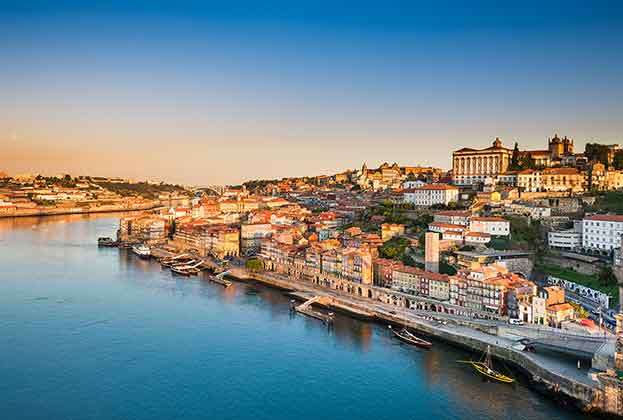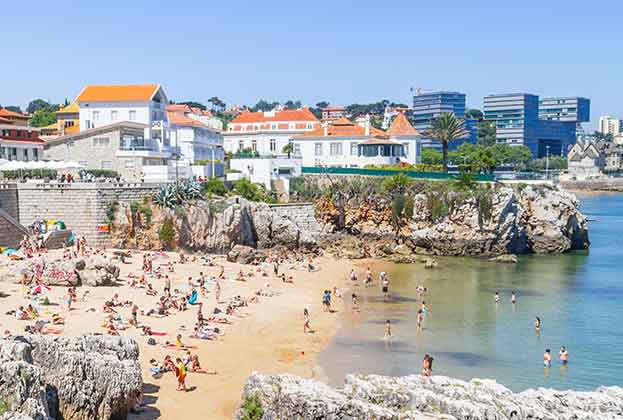Investment in resorts and infrastructure is critical to the ski industry, whether it’s new ski lifts to reduce waiting times or to link new ski areas, snow-making technology to provide assurance of snow or new residential developments, hotels and leisure facilities to encourage tourism, says the Savills Ski Report, launched today.
Many resorts in the Alps have seen property prices increase over the past 12 months, with the prime market generally seeing larger rises in value than the mainstream market. Factors such as lack of supply, improved dual seasonality and new ski lifts are some of the major drivers of values in these resorts.
Global skier numbers were up for the second year following three years of decline with 350 million global ski visits taking place. However, younger skiers are a driver for a growing trend of shorter, more frequent ski holidays. Buyers and visitors alike need the resort to work for them and for the resort be running and operating smoothly, both in the winter and summer months.
The ski industry also faces the increasing risk of climate change and the resilience of a resort is key. The Savills Ski Resilience Index, in its third year and exclusive to Savills, ranks 56 global ski resorts comparing five key metrics: snowfall, reliability, season length, altitude and temperature.
Over the past three years, the same six resorts have dominated the Resilience Index, vying for the top positions between them – Zermatt (Switzerland), Saas-Fee (Switzerland), Breuil-Cervinia (Italy), Vail (USA), Aspen (USA) and Obertauern (Austria). Zermatt and Saas-Fee benefit from their high altitude locations while Breuil-Cervinia saw a high level of snowfall in the 2018/2019 season.
Andermatt continues to rise up the index, moving to seventh place from 10th in 2018 and 45th in 2017. This Swiss resort has benefitted from particularly strong snowfall over the past two seasons improving its score for both snowfall and reliability. Similarly, Obergurgl in Austria has risen 21 places since 2017. Conversely, Norway’s Trysil has fallen the most over the past three years dropping from 20th in 2017 to 42nd this year. Seefeld in Austria has fallen 18 places over the same period.
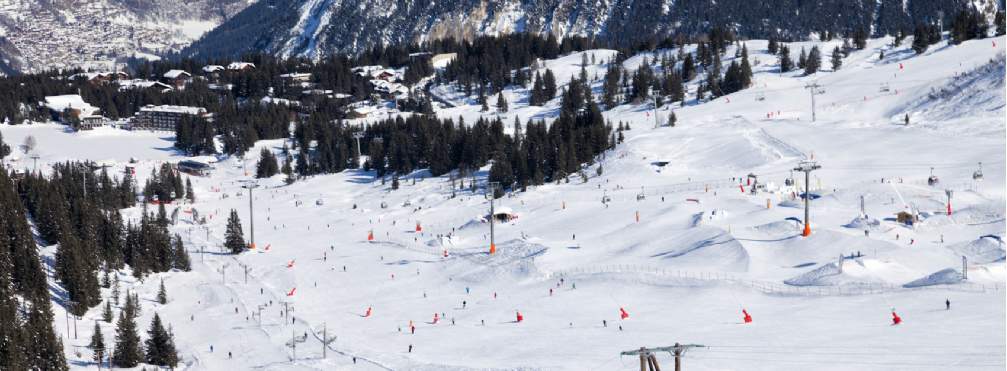
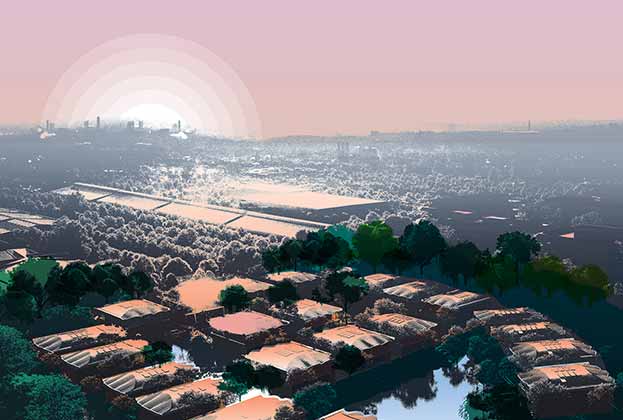

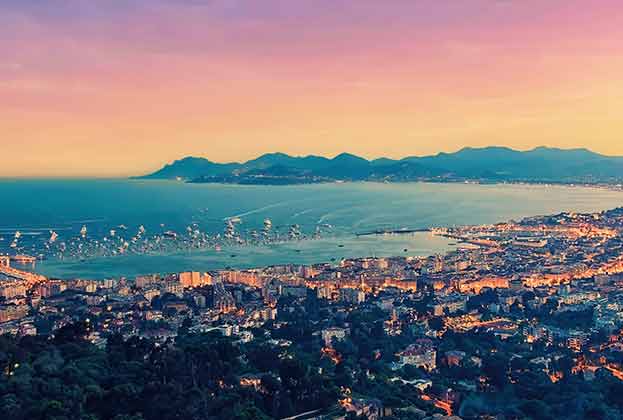
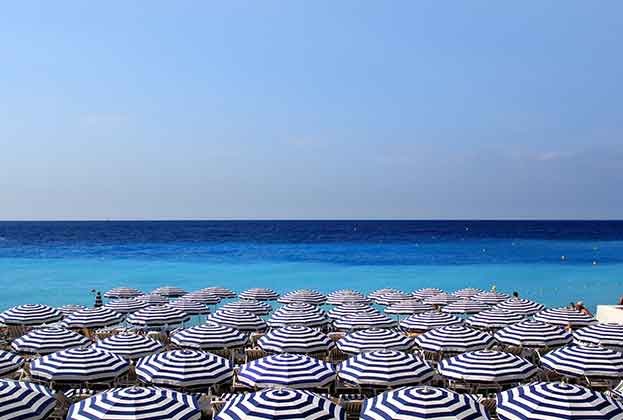
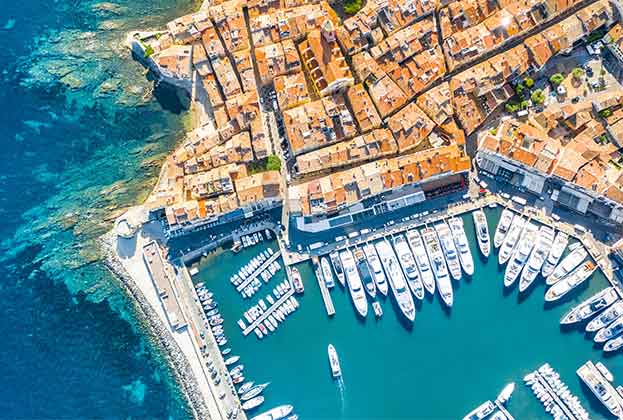
.jpg)

.jpg)
